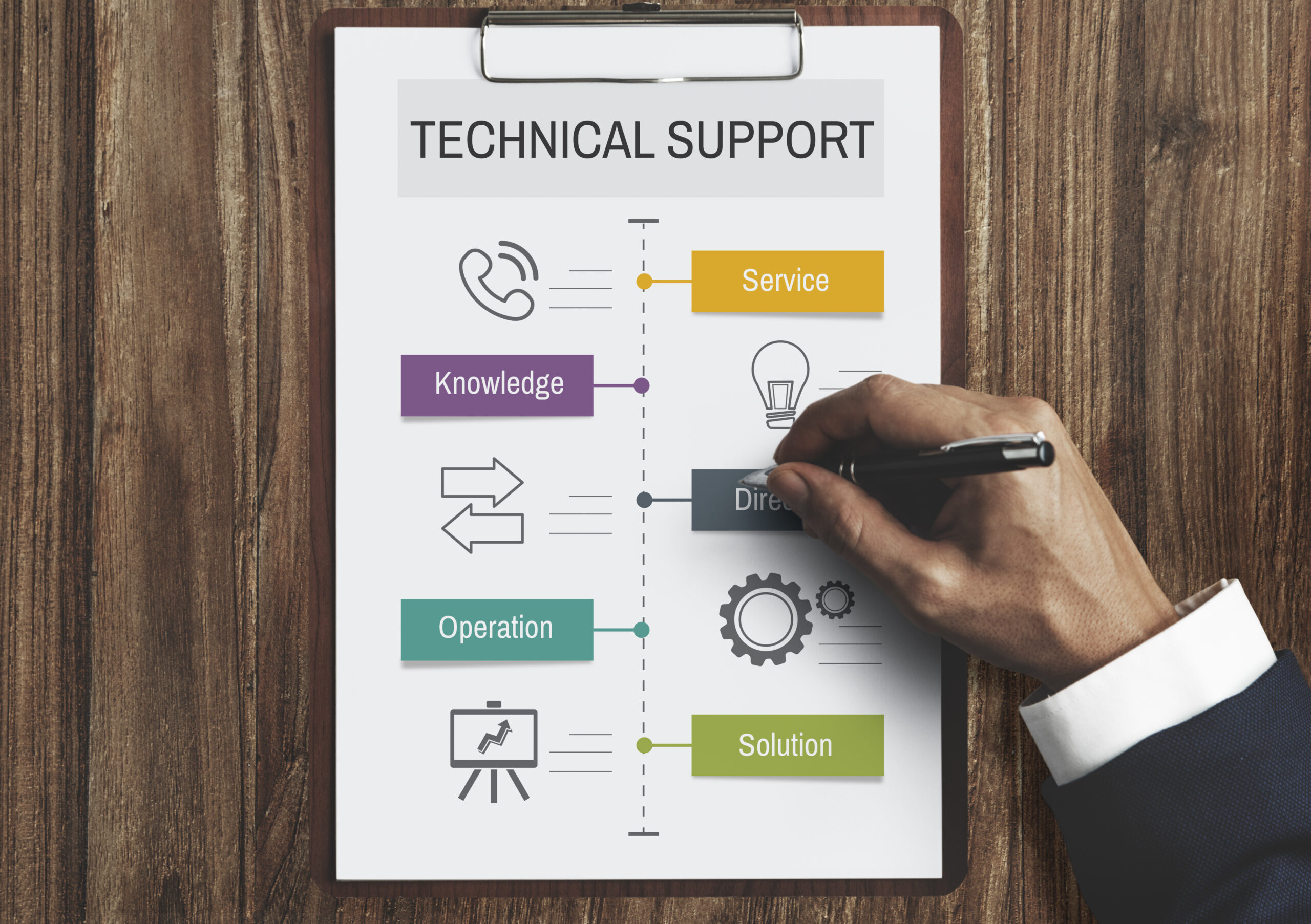Expert Tips for Seamless Technical Support Outsourcing
Imagine how much easier your business could run without the burden of handling technical support challenges alone. Smooth technical support is crucial for customer satisfaction and operational efficiency, but managing it in-house can drain your time and resources.
Outsourcing your technical support can reduce costs and provide specialized skills without the stress of management. Whether you’re a business owner or IT manager, outsourcing can transform your approach to tech issues.
In this blog, we have created a straightforward guide to help you understand the process and make informed decisions for your company.
Step #1: Assess Your Technical Support Needs
Start by evaluating your existing technical support framework. What type of support does your organization require? Whether it pertains to software, hardware, networking, or security, understanding these needs will enable you to make more informed outsourcing decisions.
Review your internal team’s workload, ticketing systems, response times, and escalation processes. Ensure that your support tools are up-to-date and facilitate effective communication. Additionally, gather user feedback, analyze performance metrics, and review your Service Level Agreements (SLAs) to pinpoint areas for enhancement.
This assessment will help you choose the right outsourcing partner and clearly define the responsibilities they should assume.
Step #2: Choose Your Outsourcing Partner
Choosing the right outsourcing partner is crucial. Focus on their industry experience, technical skills, reputation, and cultural fit. Conduct market research, request proposals, interview candidates, and consider site visits. Use a scoring system to evaluate them based on service agreements, flexibility, security, and responsibility. Once you find the best match, negotiate contract terms to align with your business objectives.
Step #3: Define Scope of Work
When preparing to transfer technical support, clearly outline the job’s goals, expectations, and responsibilities. Establish performance targets, define tasks for each person, and agree on success metrics, such as regular updates and addressing requests.
Set quality standards and hold regular meetings to discuss progress. A transparent reporting system will help both parties stay accountable and focused on goals.
Step #4: Develop a Transition Plan
Transitioning from in-house to outsourced technical support requires careful planning. Create a clear timeline with key milestones and proceed step by step to avoid disruptions. Document processes in detail, train the outsourced team thoroughly, and ensure they have the necessary access and permissions. Implement a shadowing period for on-the-job learning and maintain open communication to keep everyone informed for a smooth transition.
Step #5: Implement the Outsourced Technical Support
Now, it’s time to implement the outsourced support. Clear communication and smoothly connected systems are crucial for this to succeed. Regular meetings and updates—like kick-off sessions, weekly check-ins, and quarterly reviews—will ensure everyone is aligned.
Ensure escalation procedures are clearly outlined and the tools work well together. Using one ticketing, communication, and reporting platform can help make things run more efficiently. Proper documentation and training are also vital for achieving success.
Step #6: Monitor and Manage Performance
To maintain high service standards, regularly assess your performance against Service Level Agreements (SLAs) and Key Performance Indicators (KPIs). Focus on metrics like first-call resolution rates, response times, and customer satisfaction.
Real-time monitoring tools can quickly identify issues. Dashboards and automated reports streamline performance analysis, while regular audits and quality checks support ongoing improvement.
Step #7: Handle Challenges and Continuous Improvement
Facing challenges is part of life, but your approach can impact the success of your outsourcing partnership. Understand cultural differences, foster team spirit, and establish clear communication.
Encourage regular feedback through meetings and proactive risk management. Promote ongoing training for in-house and outsourced teams to stay updated with the latest technologies. Continuously monitor and evaluate processes to enhance the adaptability and efficiency of your technical support.
Endgame: Achieving Seamless Technical Support Outsourcing

Outsourcing technical support can significantly enhance your business efficiency. Partnering with a specialized provider like SupportZebra simplifies operations and provides access to expert knowledge without the high in-house development costs.
By outsourcing, you can reduce labor costs, avoid infrastructure expenses, and leverage industry best practices. Our flexible services adapt to your needs, preparing you for demand changes.
With 24/7 availability, we quickly resolve technical issues, minimizing downtime and keeping your operations smooth. This lets you focus on core business activities, boosting productivity and growth.
Contact SupportZebra today to discover how outsourcing technical support can optimize your business operations.

